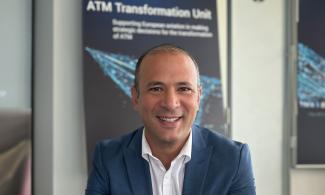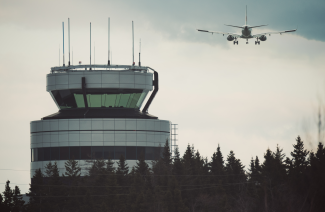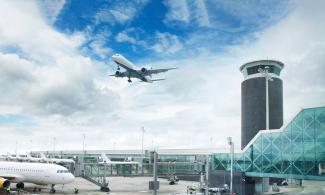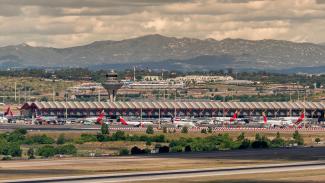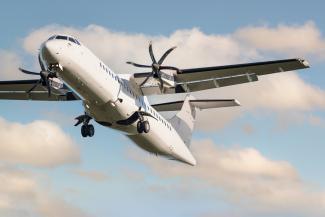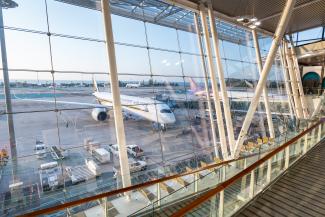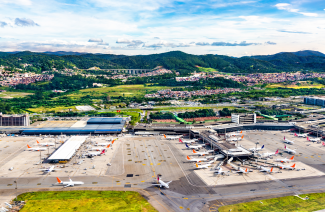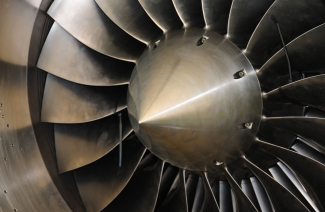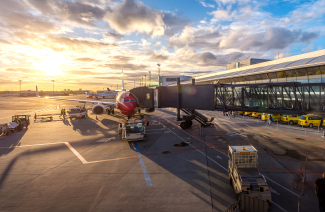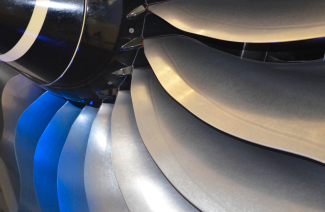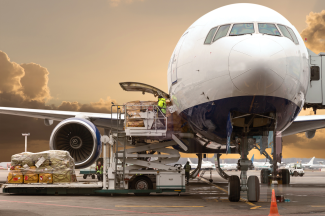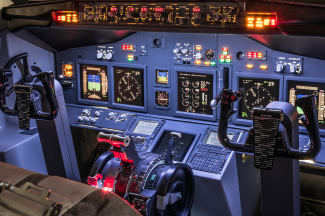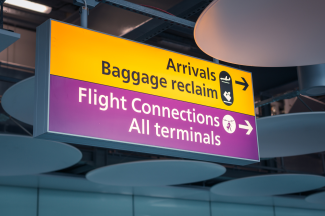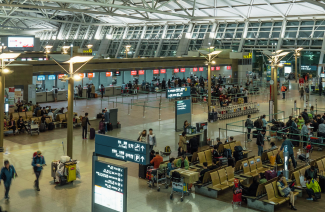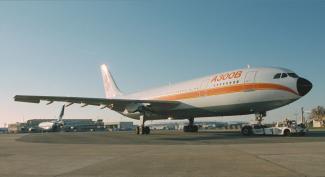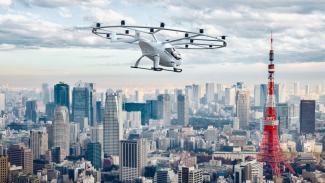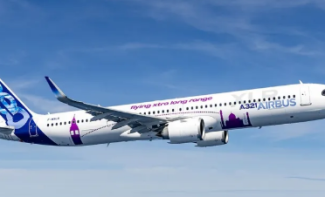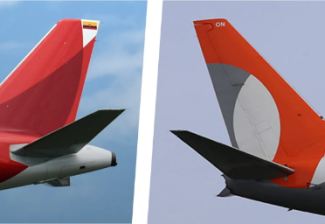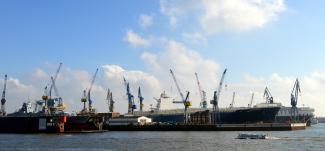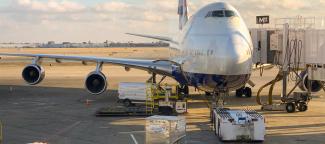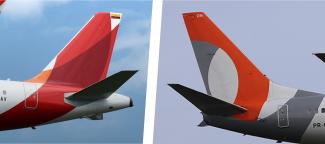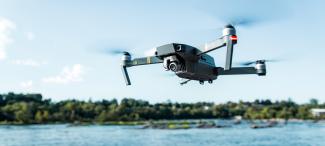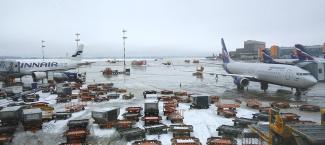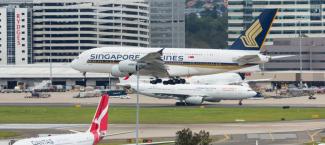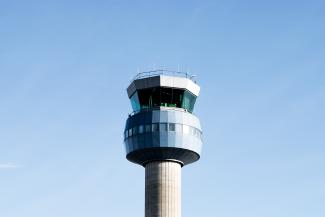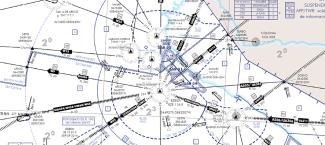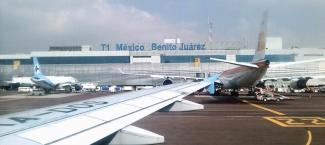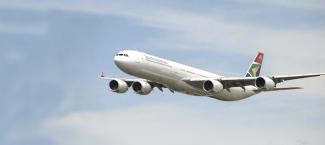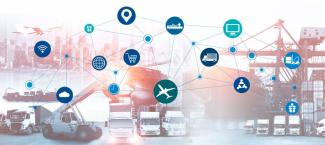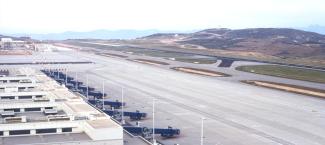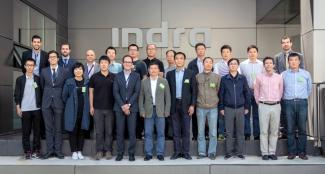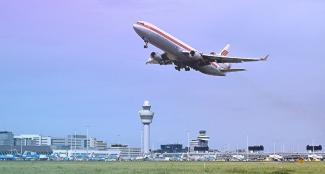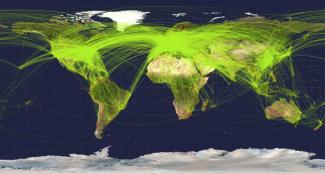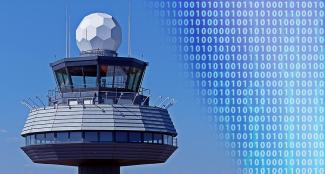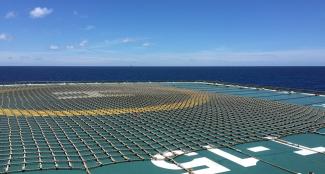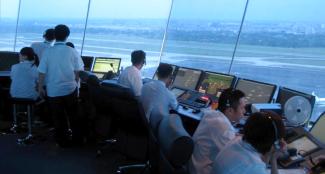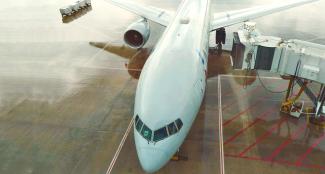By the end of 2024, a new edition of the European Air Traffic Management (ATM) Master Plan is due to be endorsed by the SESAR 3 Joint Undertaking (SJU) Governing Board. This is a fundamental document: the agreed roadmap for ATM modernization aimed at achieving the performance objectives of the Single European Sky (SES) and transforming European ATM into a digital, sustainable, and high-performance ecosystem.
Within the framework of the EU aviation strategy and the Single European Sky (SES), the European Air Traffic Management (ATM) Master Plan is the primary planning tool for ATM modernization across Europe. It defines the development and deployment priorities necessary to achieve the vision of the Single European Sky ATM Research (SESAR). The Master Plan is regularly updated through close collaboration among all ATM stakeholders to respond to the evolving aviation landscape.
EUROCONTROL plays a key role in supporting the development of this crucial strategy for Europe. On the international front, EUROCONTROL is an active member of #TeamEurope and works closely with all European institutions (European Commission, European Union Aviation Safety Agency [EASA], SJU, SDM, EUROCAE, state representatives) to ensure global harmonization. The Agency discusses important topics such as trajectory-based operations, new entrants, and automation with international partners like the U.S. Federal Aviation Administration (FAA), Singapore, and the Civil Air Navigation Services Organization (CANSO). EUROCONTROL also actively contributes to ICAO activities leading to the development of the eighth edition of ICAO's Global Air Navigation Plan (GANP) (2025), which sets the global agenda.
To gain a deeper understanding of the goals pursued by this Plan, the scope, and the implications of the transformation in air traffic management, we interviewed Marouan Chida, Head of ATM Transformation at EUROCONTROL (the pan-European, civil-military organization dedicated to supporting European aviation). He is responsible for maintaining the European ATM Master Plan, prioritizing future modernization investments, and leveraging European resources (expertise, data, and technology) to support decision-makers in the strategic transformation of ATM (Digitalization, Sustainability, Drones, Civil/Military, CNS, Artificial Intelligence…). In this context, Marouan is the EUROCONTROL representative for the ICAO Global Air Navigation Plan activities and international coordination on the matter. Before joining EUROCONTROL, Marouan assumed the role of Head of Digital Transformation & Innovation at the SESAR Joint Undertaking.
1- One of the first reforms you introduced is in the name of your Unit at EUROCONTROL: ATM Transformation. So first of all, why do you think we have to transform ATM?
The fundamental question is: do we want to continue enjoying the freedom air travel in the next decades or not?
If the answer is yes, then we have to realise that the current ATM system is simply nowhere close to enabling the expected growth in demand for a safe, green and high performing air transport. Sectorial transformation and modernisation are a must. The do-nothing scenario certainly leads to tremendous delays and millions of passengers not allowed to fly. We have to accelerate the change and revisit the fundamental rules underpinning the conventional system. If you look at capacity for example, the classical way of spitting more sectors and assigning more controllers to them has reached a physical limit since years now. We need be innovative, make the right choices, and implement new solutions that will provide us with the much-needed performance improvement. This is what ATM Transformation stands for.
2- Your Unit at EUROCONTROL is acting as a facilitator of ATM transformation through architecture, performance impact assessments and stakeholder coordination. However, we see with many solutions already mandated in Europe the difficulty it takes to implement. Why do you think it takes so long to digitalise ATM?
Aviation is a safety-critical industry. Over the years we have developed a very conservative culture towards change. It is very hard to change something that is working well. The other factor is that not everybody is starting from same place and that every case is different. Then there is the public nature of the business model maybe has slowed-down the pace of change on transformation in the past. For a capital-intensive industry as ATM, committing to a specific solution for the next 15 or 20 years requires a solid confidence on the business cases associated. The ANSPs want to innovate, the problem is the long renewal cycles they face.
The good news is there is an acceleration happening. As many systems in Europe are approaching obsolescence, many stakeholders are already boosting their investment plans. A big wave of modernisation is taking place. We have to create the conditions and incentivise the ANSPs to roll-out changes.
The role of EUROCONTROL in the context, as mentioned by our DG in his Raising the Bar programme, is to be an Honest Broker for all partners. In this context my team leverages data and technology to support our stakeholders in planning their modernisation journey and make the right choices (architecture, performance impact, CBA, regulatory impact …).
3- In Europe we have been very active in publishing masterplans and roadmaps to coordinate investments from all concerned stakeholders…
ATM is a very connected global industry, which needs a framework to align the individual modernisation plans of stakeholders. One of the first actions I performed when I started my role at EUROCONTROL, was to seek feedback from the main players in the ATM industry to understand whether they use the European ATM Master plan in their line of business or not.
I was impressed to learn how many of them consider it the best tool to prioritise and plan investments in the long term. It creates a common language and define specific artifacts to deliver performance in several areas - for these investments you don’t go alone.
4- Don't you see the risk to lower the bar if we have to assure the alignment of all around the same solutions? How do you work to set the maximum (and not minimum) common denominator in this equation?
We have learned a lot from the past as our European ATM Master Plan is approaching its fifth edition this year. We understand the limits of one-size-fits-all approach and we have to set incentives for early movers, by rewarding the speed of implementation, begin close and supporting their projects, while setting challenging yet realistic rollout dates.
This creates the critical mass of innovators and Europe is a good place to nurture innovation. Thanks to a good ecosystem approach, a unique blend of public and private funding, a supporting regulation, we see real growth in the innovation space not only in labs but also in real-life.
5- Still the pace of change is lower than expected in the first Master Plan...
It is very important to be critical and to always question our progress. Improving market uptake,cost-efficiency and performance are legitimate concerns. However, this should not make us lose sight of the fact that, compared to other regions of the world, Europe can be very proud of the advances made in our ATM transformation thanks to the Single European Sky and the key role of the Network manager. While we are rolling our next generation datalink and CNS services, I have seen firsthand how many regions in the world still rely on procedural control with limited surveillance in a big chunk of their airspace. While their investment is ready, moving to higher throughput in one region only makes sense if all neighbouring countries do the same in a coordinated and network focused manner. This is an example in which Europe has been relatively successful to coordinate change within the 44 Member States of the ECAC region.
The real challenge we have to solve is the roll-out process. The entry into operation of new systems take very long time and considering the pace of progress of digital technology, the risk is that by the time of having it fully operating it is already outdated. Shortening the roll-out phases in turn will be key to motivate our engineers, making them feel they are part of impactful projects from the beginning to the end.
In this context, the move to open architecture and cloud-based systems will improve things dramatically. Imagine you update your ATC system as if you are downloading a new app on your smartphone. That’s a true game changer!
6- How can Europe then contribute through its institutional aviation ecosystem to speed-up ATM transformation?
The Digital European Sky can be the leader of ATM transformation worldwide. There are many in institutions but if you zoom out you can see organisations very focused on their areas of concern and very lively.
The new generation of professionals we have is very ambitious and intentioned to make a tangible impact on society, which is a fundamental attitude if we want to transform ATM.
For example, you can easily put a regulator which is reactive and when requests come in, just say no. But for the last decade EASA has been taking the strategic approach of helping innovation in aviation. For the Drone roadmap for instance, they were fully part of the creation of U-space, developing an innovative risk-based approach instead than proposing certification of everything.
We are lucky to have this ecosystem: EASA, ECTL, SJU, SDM. The challenge is synchronising all these efforts. There is a bandwidth to get innovation and that's what we aim to size here in ATM Transformation Unit, understanding the priorities and the capacity of the system to prioritise the change.

